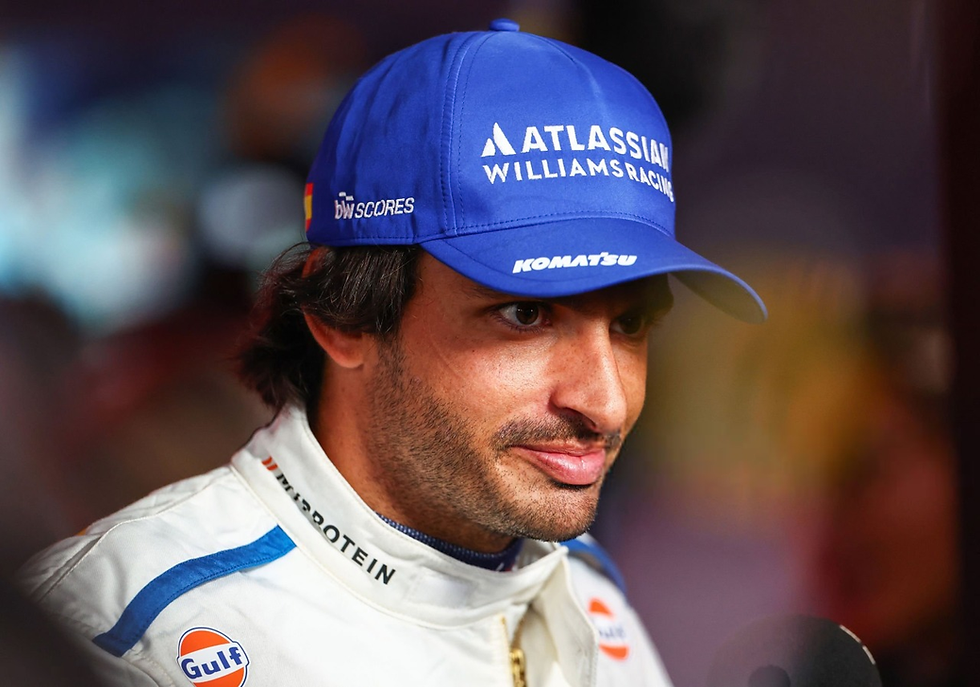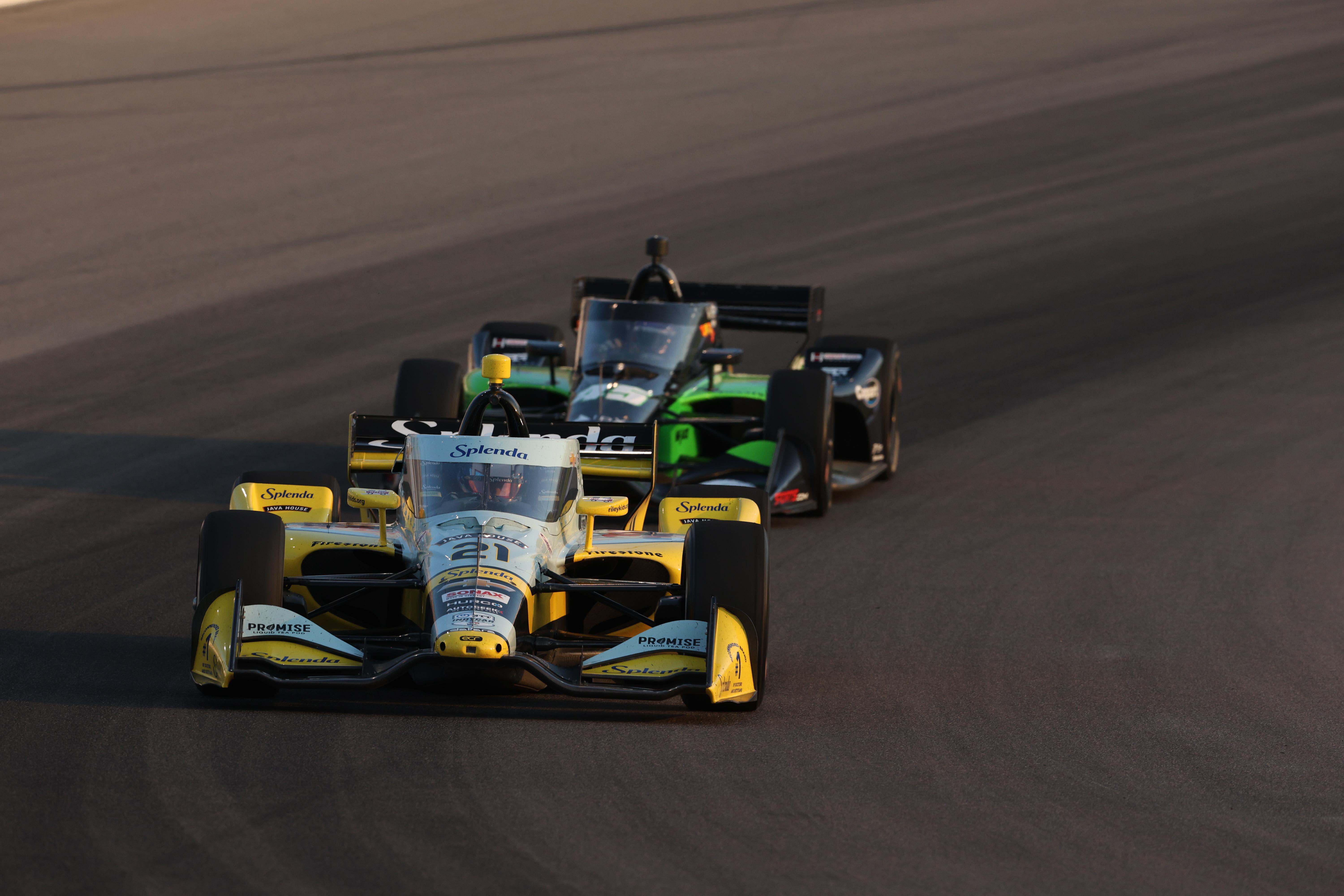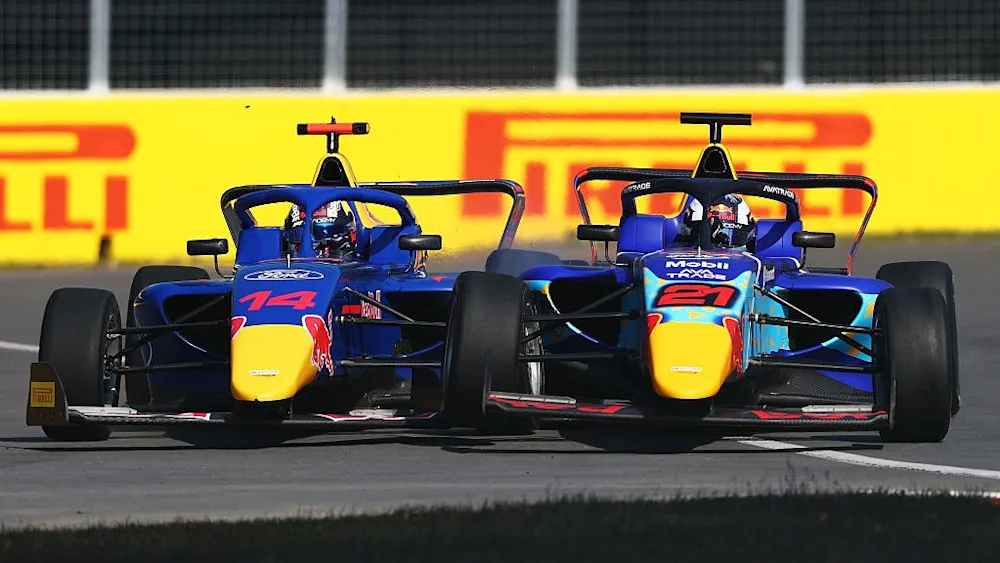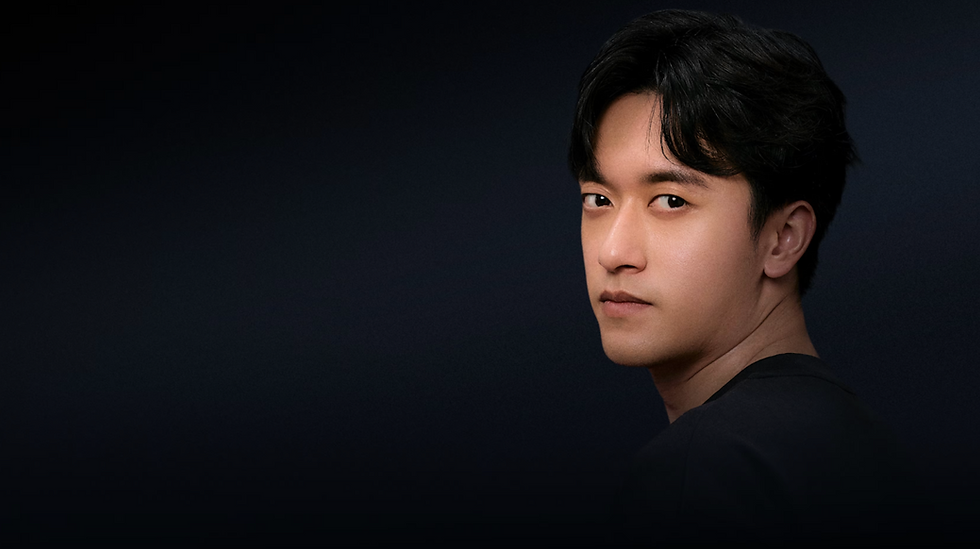Sainz shut out: Williams driver questions FIA’s ‘open door’ policy after Dutch Grand Prix penalty
- Kavi Khandelwal

- Aug 31, 2025
- 2 min read
Written by Kavi Khandelwal
The 2025 Dutch Grand Prix ended in controversy, fueled by a frustrated quote from Williams driver Carlos Sainz. After receiving a 10-second penalty and two penalty points for a collision with Liam Lawson, Sainz was mystified.

He claimed that despite the FIA’s usual assurance that “doors are open to go and see the stewards and consult any type of doubt,” he was told otherwise. “The most confusing part is that the FIA always tells us that doors are open to go and see the stewards and consult any type of doubt, but I just received a message they don’t wanna— that they would rather not talk to me right now. Yeah it’s something… Yeah I don’t know where this is coming from,” Sainz said.
His words exposed a deep-seated tension in Formula One: the clash between a driver’s raw emotion and the sport’s cold, bureaucratic process.
The pivotal incident occurred during a Safety Car restart on Lap 27. Sainz in his Williams and Lawson in the Racing Bulls were fighting for position. Sainz attempted to overtake Lawson on the outside of Turn 1. The two cars made contact, causing punctures and forcing them to pit, dropping them to the back of the field.
Sainz, furious on the team radio, exclaimed, "It is the most ridiculous decision of my life." He later told the media that while Turn 1 "allows two cars to race each other," it "always seems to be very difficult to make that happen" with Lawson.

In contrast, Lawson's post-race comments were measured and grounded in the regulations. He stated that for an outside driver to have the right to the corner, they must be ahead at the apex. "He wasn't anywhere near that today," Lawson noted, "that's why he got a penalty for it, I'm guessing."
The official FIA stewards' document provides the definitive rationale for the penalty. Citing a breach of the FIA International Sporting Code for "causing a collision with Car 30 [Lawson] at turn 1," the stewards awarded Sainz a 10-second time penalty and two penalty points on his license.
The decision was based on a review of extensive evidence, including video, telemetry, and team radio. The stewards' rationale was explicit and technical, based on the Driving Standards Guidelines. They stated, "The front axle of Car 55 was not ahead of the front axle of Car 30 at the apex of Turn 1. Car 55 attempted to stay on the outside of Car 30 and a collision occurred."
They concluded that Lawson had the right to the corner and Sainz was "wholly or predominantly to blame." This ruling was not a snap judgment but a direct, technical application of a pre-agreed-upon standard designed to bring consistency to officiating.
In the end, the Dutch Grand Prix showed how thin the line remains between racing instinct and regulation. For Sainz, the greater frustration wasn’t just the penalty itself but the sense that his voice had no place in the decision-making process.












Comments